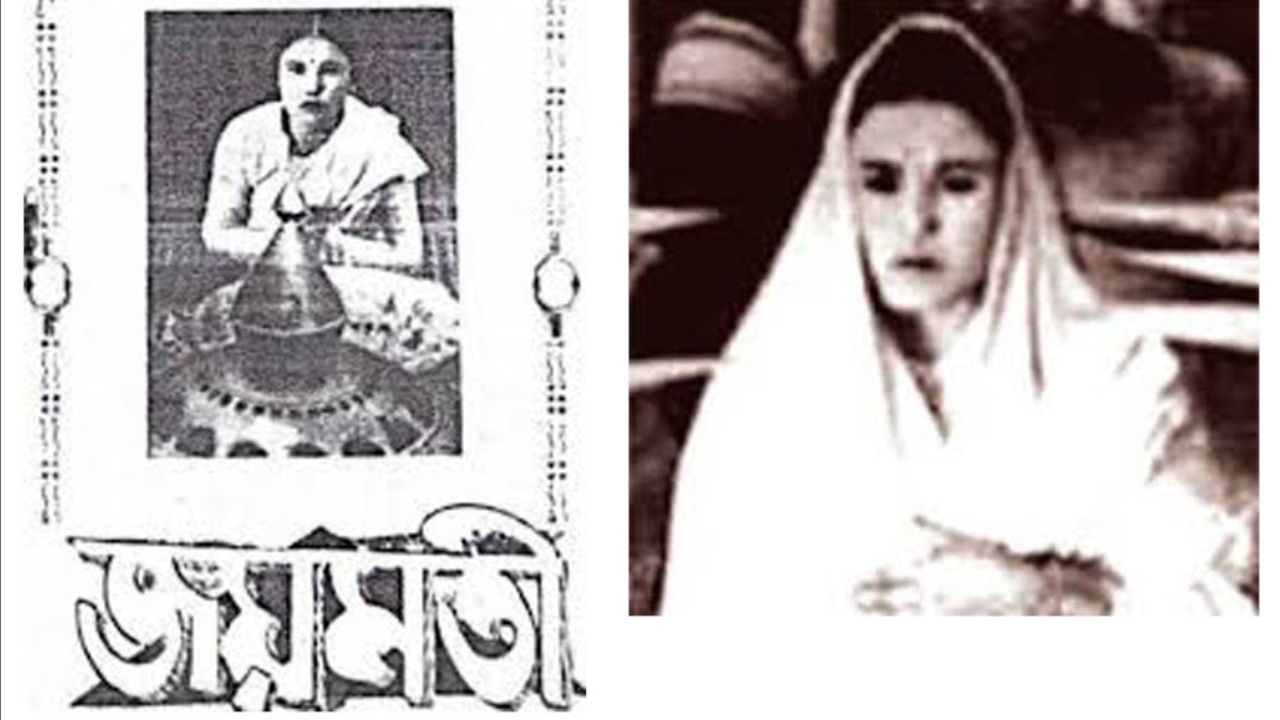Ah, cinema! That magical world where we’re whisked away to different realms. But every film industry has its roots, and for Assamese cinema, it’s “Joymoti.” Dive with me into this mesmerizing tale.
Introduction to Joymoti
Ever heard of the first-ever Assamese film? Yep, you guessed it right. It’s “Joymoti” from 1935. Imagine a time where filmmaking was not as advanced as today, and yet, this gem was created.
The Historical Backdrop
Joymoti was set in the 17th century Ahom Kingdom of Assam, inspired by a historical play. It tells the tale of sacrifice and valor of its heroine, Joymoti, amidst political turmoil.
Production Challenges
Pioneering Techniques: For its time, the techniques used in Joymoti were groundbreaking. Director Jyoti Prasad Agarwala ventured into uncharted waters, trying to adapt the best of global cinema into Assamese storytelling.
Budget Constraints: With limited resources and a meager budget, creating Joymoti was no less than climbing Everest barefoot. But where there’s a will, there’s a film reel, right?
Characters and Plot
Key Characters: Joymoti – The protagonist, a symbol of resistance and sacrifice. Godapani – Her husband, struggling between duty and love.
Plot Summary: Joymoti, accused of conspiracy, undergoes torture refusing to disclose her husband’s whereabouts. This tale of love and sacrifice speaks volumes about her strength and resilience.
Significance in Indian Cinema
Establishing Assamese Cinema: Joymoti wasn’t just a film. It was the foundation stone for Assamese cinema, setting standards and creating paths for others to follow.
Cultural Impact: More than entertainment, Joymoti became a cultural awakening, reminding Assamese people of their rich history and values.
Legacy and Honors
Awards and Recognitions: Though not showered with awards immediately, over time, Joymoti’s significance has been recognized with various retrospectives.
Joymoti’s Influence on Future Films: From its narrative techniques to cultural representation, Joymoti has inspired countless filmmakers. Its spirit lives on, reminding us of the power of storytelling.
Conclusion:
Joymoti, though an old film, resonates with timeless values of love, sacrifice, and resilience. It’s not just a movie; it’s a legacy. For anyone diving into Assamese cinema, Joymoti is your starting point.
FAQs
Who directed “Joymoti”?
Jyoti Prasad Agarwala directed the film.
What is the historical significance of Joymoti?
It’s the first Assamese film and plays a crucial role in establishing Assamese cinema.
Was Joymoti based on real-life events?
Yes, it was inspired by events from the 17th century Ahom Kingdom.
Why is Joymoti significant for Assamese culture?
It reminded people of their rich history, values, and the importance of sacrifice and resilience.
Where can I watch “Joymoti”?
Various Indian film archives and retrospectives occasionally screen Joymoti. It’s also available on some streaming platforms.







